No. 4 buckshot is not the most common shotgun loading you are apt to find but is one that I have often seen recommended for personal protection. When the conversation of shotgun loadings comes up, No. 4 buckshot has some advantages over conventional 00 Buck.
Your standard 2 3/4 inch 12-gauge shell will hold about nine pellets of 00 buckshot (or nine .33 caliber balls). No. 4 buckshot is generally the smallest buckshot size, with about 27 pellets of .22-.24 caliber. Simply put, you get more pellets. This increases your chances of hitting something with a spreading pattern at longer distances. And at closer range, those smaller pellets—each by themselves not particularly powerful—will have less mass to break through studs and sheetrock, thus reducing the chances of collateral damage.
000 Buckshot is the most common large shot found for 410 and when paired with handguns, the same concerns of too much penetration and not enough spread manifest. This led Federal Premium to develop their 410 bore No. 4 buckshot load. With an advertised handgun velocity of 950 feet per second, the Federal 3-inch shell holds nine pellets, compared to an equivalent 000 load that holds five. The No. 4 load opens up some possibilities if you are running a 45 Colt/410 revolver, but how does it perform out of a shotgun?
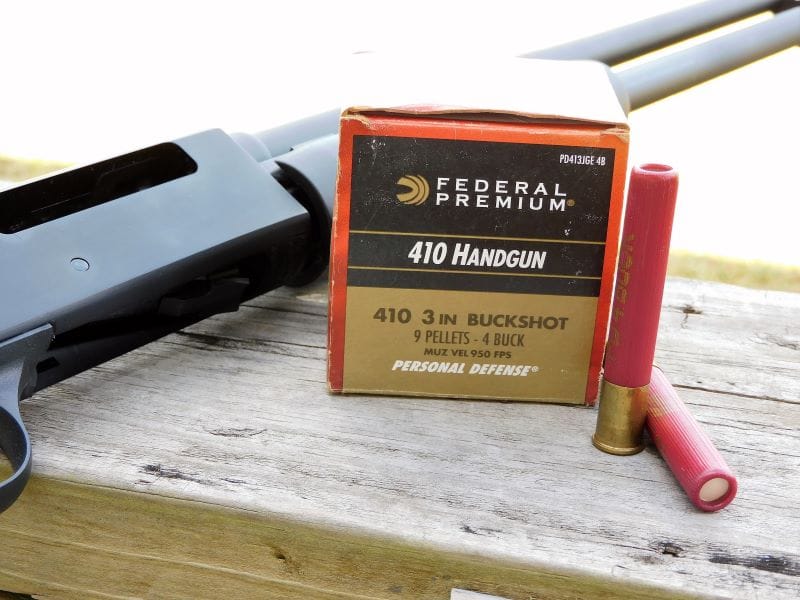
The Test
The performance of a given shot load is going to be contingent on the sum total of pellets on a given target at a given distance, so some patterning was the first order of business. In longer-barreled 410 shotguns with a full choke, I could put these No. 4 loads in a fist-sized group out to fifteen yards. In the context of personal protection, I decided to employ my Mossberg 590 410. This shotgun uses an 18.5-inch barrel with a cylinder bore—that is, no choke at all. I figured that the shot pattern would be less tight than what I had seen previously but would be up to snuff.
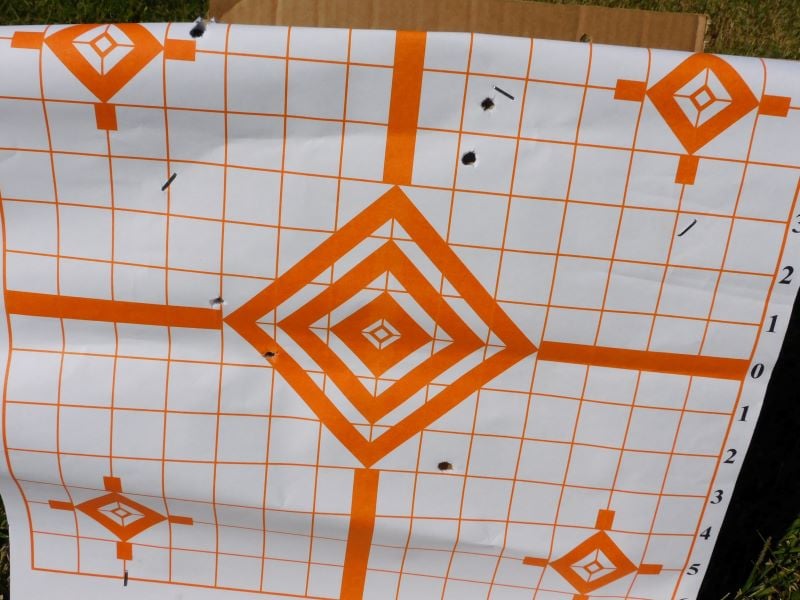
With a paper target set up at ten yards, I touched off one round of the Federal load. My particular shotgun patterned high and half the load missed the target. With a new target set up, I took a six-o’clock hold and connected with what appeared to be all nine pellets. In both cases, the disruptions between pellet hits were wide, and with my last target, I was able to put nine pellets into a ten-inch pattern. What a difference no choke makes!
That wider pattern can be advantageous if you need to achieve hits but with imperfect aim, but in my case, it might spell doom for my chronograph. So, I brought it and took three shots from a distance of three yards. The average velocity of the No. 4 load in my particular shotgun is 1100 feet per second. That is 250 feet per second higher than the advertised velocity from a handgun—quite a bit more.
Curious, I set up a one-inch pine board with a can of lunch loaf on the other side. At ten yards, I took two shots, and all pellets that impacted the board went through with enough energy to mince the meat on the other side. Those No. 4 pellets are small compared to something like 00 Buckshot, but they are capable of something.
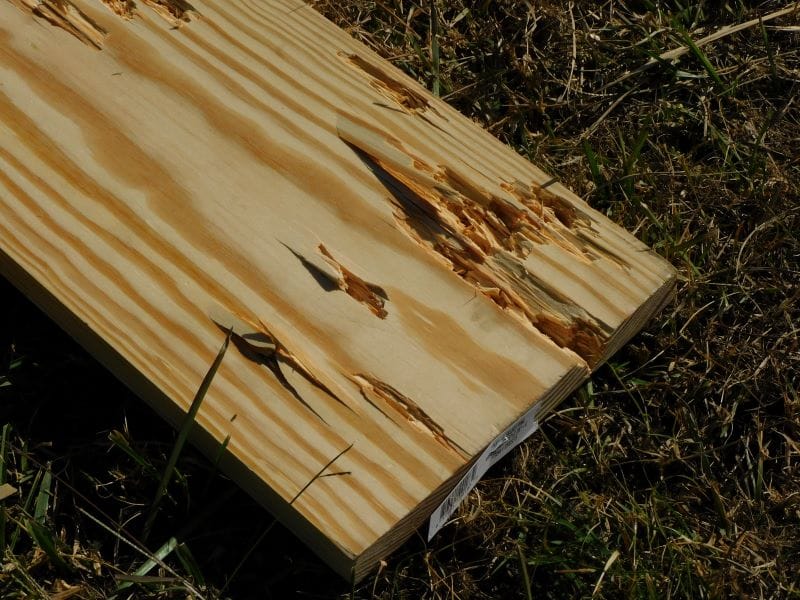
Finally, I set up blocks of 10% Clear Ballistics gelatin to check overall performance in something squishy. I dressed the front block with two layers of a cotton t-shirt and stepped back to the ten-yard line. My shot into gelatin from that distance only resulted in five pellet hits. One pellet skipped out of the block at the six-inch mark, while another traversed one nine-inch block and escaped. Three pellets were captured. One pellet was recovered round and intact at the eight-inch mark. Two flattened pellets were found at the 11.5- and 13-inch mark.
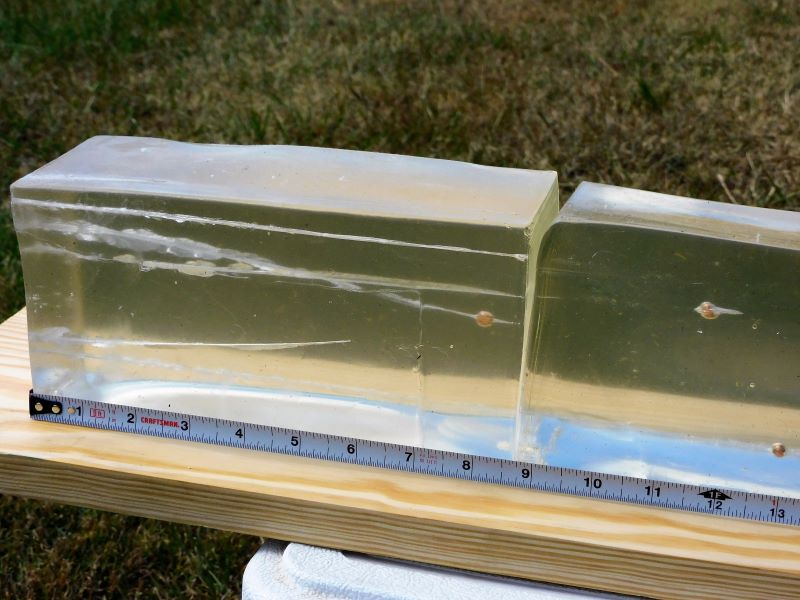
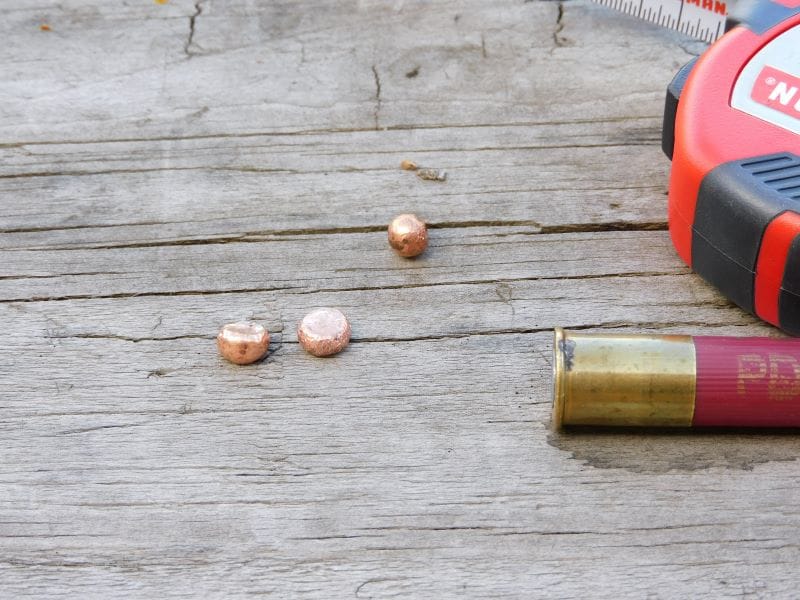
Parting Shots
After this test, I had some real questions about using the No. 4 load in a handgun, as it was designed. Out of a shotgun, this load is coming out at higher velocity and—theoretically—a tighter pattern. At closer ranges, like the ones you would expect inside the home, this load should work but you might lose pellets should you need to shoot further. With a widening pattern, I found it easy to miss with the majority of those pellets, from time to time. That might be a hazard, considering this load has more than enough pasta in gelatin and through one-inch pine boards. By comparison, it would take little to get through a few layers of drywall. With Federal’s 410 Handgun load, the closer the better.

